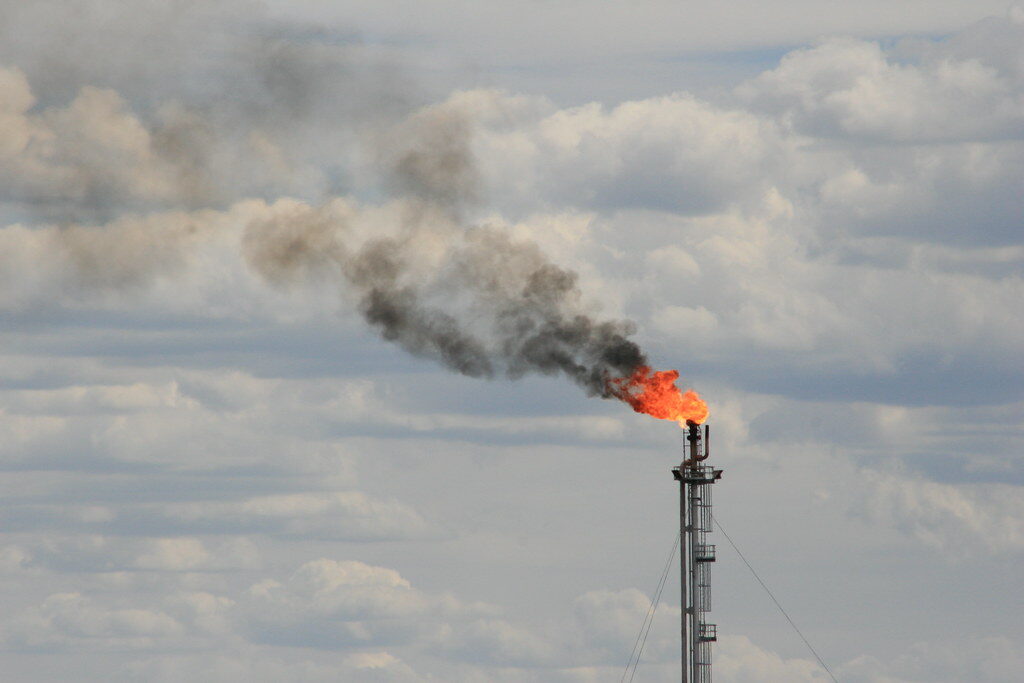States and territories are driving Australia’s acceleration towards a clean and reliable renewable energy grid. In fact, progress on new clean energy generation, like wind and solar, has been so rapid in recent years that it has been hard to keep up. Our report, ‘Race to the top: Australia’s clean energy momentum’, shines a light on the progress Australia’s states and territories have already made, and their plans for the road ahead. It highlights the huge and growing momentum around the country and calls out where governments still have work to do to cut climate pollution further and faster.
How does Western Australia stack up?
The Western Australian Government has committed to transform the state’s energy landscape by closing all state-owned coal-fired power stations by 2030. This is part of a broader plan to reduce climate pollution from the state’s energy system and develop new regional industries. But this positive progress is being held back by a lack of state-wide plans for making cuts to climate pollution this decade, and the ongoing expansion of polluting and expensive gas.
Momentum for clean energy is growing
Western Australia has been working to diversify its local economy and create new opportunitiesfor workers and industries in communities like Collie, in the state’s south-west, where one of the state’s largest coal-fired power stations is planned to close in 2027. Construction is also underway on Australia’s biggest battery – a giant four-hour energy storage system that will soak up the sun’s powerful rays during the day and replace coal in the evening peak – an energy storage project that follows other significant clean energy projects, like the Battery Energy Storage System at Kwinana, which play an important role to stabilise the state’s main electricity network.
Western Australia needs to end mega-polluting projects
Unfortunately, climate pollution in Western Australia is still expected to remain high, as the state generates more electricity from gas than any other state or territory – 57% of Australia’s gas-fired power generation occurs in Western Australia.
The state’s 2024-25 budget established a $500 million Strategic Industries Fund which aims to support the much-needed expansion of grid infrastructure and boost the delivery of renewable energy. However, the Cook Government’s vocal support for the gas industry works directly against the goals of this fund because new gas projects divert investment, supply chain capacity and workers away from potential growth industries which could power Western Australia’s next era of prosperity.
What next for Western Australia?
Western Australia’s climate pollution is heading in the wrong direction because of the development of new polluting gas projects. This undermines any momentum the state is seeking to build through renewable energy investments. Western Australia’s lack of progress isn’t just a problem for the state; it is also a drag on Australia’s ability to cut climate pollution nationally at the pace needed to secure a safer future for our kids.
Western Australia’s efforts to expand renewables are crucial but need to be matched with a real plan to start cutting climate pollution this decade, and an end to support for highly polluting fossil fuel projects.










